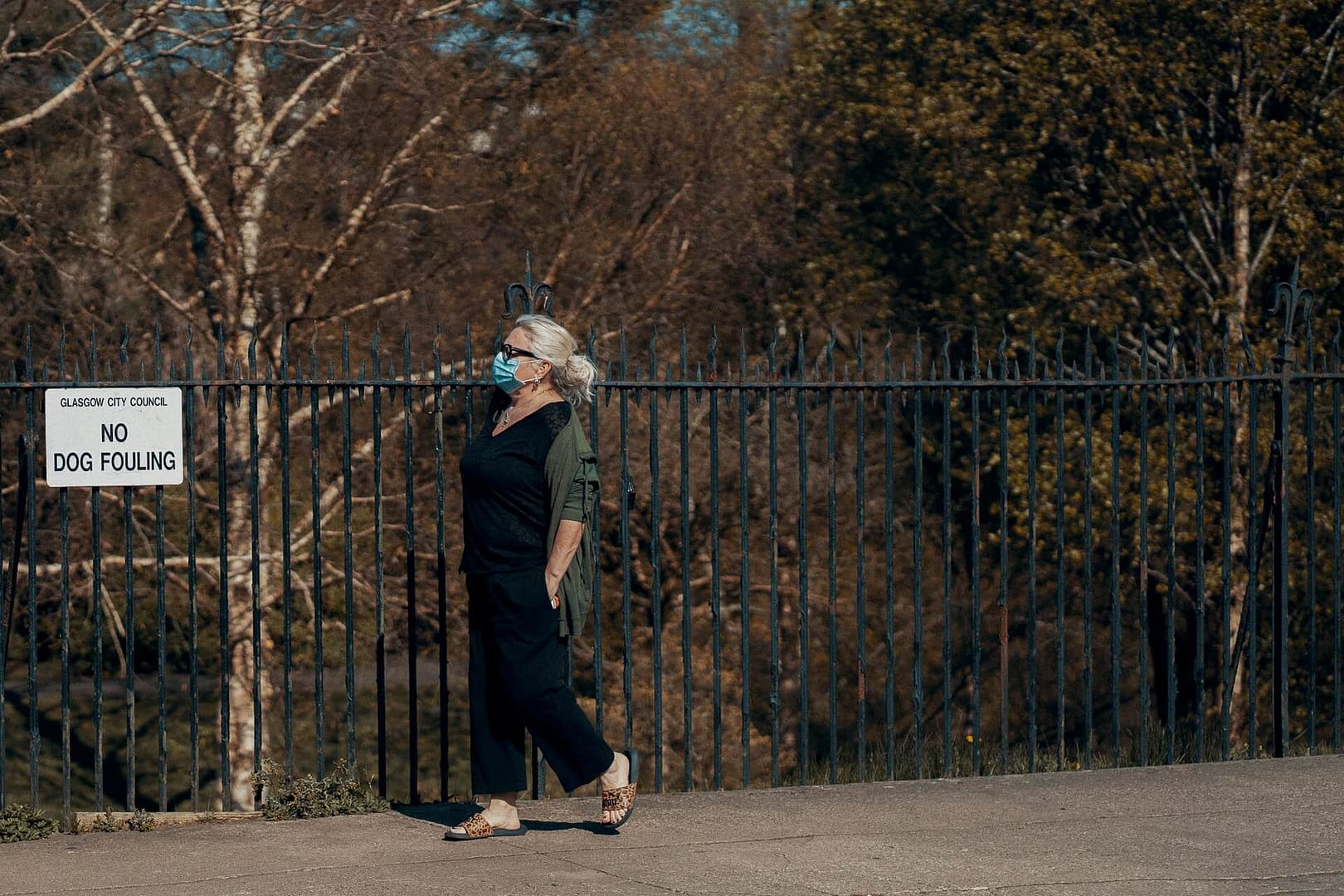Asbestos, a once-common building material in UK homes, hides a deadly secret that continues to haunt homeowners today. A naturally occurring mineral valued for its strength and fire resistance, asbestos was widely used in construction until the late 1990s. However, its widespread presence has left a dangerous legacy in many properties, as inhaling asbestos fibers can lead to serious health conditions, including mesothelioma, lung cancer, and asbestosis. We will also highlight how you can start a housing disrepair claim.
Understanding the Dangers of Asbestos
Asbestos fibers are incredibly small and easily inhaled, where they can lodge in the lungs and cause significant damage over time. The diseases caused by asbestos exposure often have a long latency period, meaning symptoms may not appear for decades after exposure. This delayed onset makes it difficult to diagnose and treat asbestos-related diseases, making prevention and early detection crucial.
The UK Health and Safety Executive (HSE) estimates that around 5,000 people die each year from asbestos-related diseases, making it the single greatest cause of work-related deaths in the country. The HSE also reports that asbestos exposure is responsible for around half of all deaths from occupational cancer.
Identifying Asbestos in Your Home
Asbestos can be found in various parts of a home, including walls, ceilings, floors, insulation, roofing materials, and even textured coatings like Artex. It’s important to note that asbestos-containing materials (ACMs) are not always easily identifiable, as they can be hidden behind other materials or painted over.
If you suspect that your home may contain asbestos, it’s crucial to seek professional assistance. A qualified asbestos surveyor can conduct a thorough inspection and take samples of suspect materials for analysis. If asbestos is identified, a licensed asbestos removal contractor can safely remove and dispose of the ACMs.
The UK’s Asbestos Legacy
The UK has a long and complex history with asbestos. Its widespread use in construction, combined with a lack of awareness of its dangers, has led to a significant legacy of asbestos exposure. This has had a devastating impact on many families and communities, with generations of workers and homeowners facing the consequences of asbestos-related diseases.
The UK government has taken steps to address the asbestos legacy, including banning the use of asbestos in new construction, establishing regulations for the management and removal of ACMs, and providing compensation to victims of asbestos exposure. However, the scale of the problem is vast, and much work remains to be done to protect the public from the dangers of asbestos.
Protecting Yourself and Your Family
If you live in a home built before the late 1990s, there’s a chance it may contain asbestos. The best way to protect yourself and your family is to be aware of the risks and take appropriate precautions.
Here are some tips for dealing with asbestos in your home:
- Don’t disturb suspect materials: If you think a material may contain asbestos, don’t drill, cut, or sand it. This could release asbestos fibers into the air.
- Get professional advice: If you’re planning renovations or DIY projects, consult a qualified asbestos surveyor to assess the risks before you start work.
- Use licensed contractors: If asbestos is found in your home, only use licensed asbestos removal contractors to remove and dispose of it safely.
- Be informed: Learn about the dangers of asbestos and how to protect yourself and your family. The HSE website provides a wealth of information on asbestos.
The Importance of Asbestos Awareness
Raising awareness about the dangers of asbestos is crucial for protecting public health. By understanding the risks and taking appropriate precautions, we can reduce the number of people exposed to asbestos and prevent further tragedies.
Asbestos may be a hidden danger, but it doesn’t have to be a deadly one. By working together to raise awareness and take action, we can protect ourselves and future generations from the devastating consequences of asbestos exposure.
Making a Housing Disrepair Claim with National Claims
At National Claims, we recognise the profound impact that living in a state of disrepair can have on your physical and mental well-being. Whether you’ve been affected by persistent dampness and mould, endured the discomfort of a faulty heating system, or suffered due to structural deficiencies in your home, we believe you shouldn’t have to suffer in silence.
We recognise that every housing disrepair case is unique, and we’re here to offer you a free, no-obligation consultation to discuss your specific situation. During this consultation, we’ll listen attentively to your experience, carefully review any evidence you have, and assess the potential strength of your claim. Our team will then connect you with a solicitor from our panel who specialises in housing disrepair claims, ensuring that you receive the expert legal representation needed to navigate the complexities of your case and pursue the compensation you are entitled to.
*Customers pay up to 25% (incl. VAT) of the amount recovered towards solicitor costs and if you cancel outside your cooling off period, you may be charged a fee.
Contact us today to speak to one of our claims agents who will be able to help you get started on your claim.
Click below to see why we are one of the most trusted claims management companies in the UK.

We’re proud of our excellent customer reviews
We thrive on delivering exceptional service and ensuring our clients’ satisfaction. Don’t just take our word for it. Check out some of our independent reviews to see what our clients have to say.
Excellent

This firm is excellent, they sorted out my car pay out and injury claim very fast, they always communicate with you all the time.

My accident case was dealt with confidence and with great result of the outcome, especially James kept me informed all the time.

I was very impressed at the way my inquiry was treated. I was listened to attentively and everything I needed to know was explained to me.






